This is the week Action Comics #1000 marks a milestone in the history of Superman. The symbol of El has redefined what the word “iconic” truly means. It’s only fitting on this celebration, fans recognize the achievements of Superman’s creators. Not Jor-El and Lara, I mean two kids from Cleveland. It took years for fans outside of the comics to learn of the tragic circumstances Joe Shuster and Jerry Siegel endured in the years following the debut of Action Comics #1 in 1939. A new graphic novel published by Super Genius tells the story of Superman’s artist in a language comic book fans will understand, comics.
The Joe Shuster Story: The Artist Behind Superman is a superb and emotional graphic novel detailing how Shuster and Siegel met, their early creative failures, the rise of Superman, and the horrible treatment the pair received after. Written by Julian Voloj (GHETTO BROTHER) and illustrated by Thomas Campi (Grand Reporter), The Joe Shuster Story are the conversations creators have with one another about the early days in hotel bars after conventions, drawn for us here in incredible panels. To say it’s eye-opening merely scratches the surface, but most of all, this book gives legacy to an aspect of the alien from Krypton that fans may not consider. The change two mortals unknowingly inspired in the comic book industry. We got to talk with writer Julian Voloj about this new book and what it means to tell a Superman story without a Superman.
COMICSBEAT: The story of the trials and battles Joe Shuster and his partner endured are pretty sacred in comics. How did you get the job of telling the artist’s side of the legend?
JULIAN VOLOJ: Well, strictly speaking I did not get the job, I created it. There are excellent books on the topic, for instance “Men of Tomorrow” by Gerard Jones or Brad Ricca’s “Superboys” but I felt that the story of Superman’s origins as well as the trials and tribulations of its creators should be told in a form true to the character: a graphic novel. For years I was waiting for this book to happen, and since no one else did it, I took initiative.
CB: Much of your work before this book revolves around heritage. How does that concept apply to the story of two kids from Cleveland creating Superman when the conversation around the character is mostly his ideals of “truth and justice”, the movies, television shows, lunchboxes, even just the comics themselves?
JV: My first solo exhibition as a photographer in 2005 dealt with former Jewish neighborhoods of New York City such as Brooklyn’s Brownsville, the Bronx and Harlem. In that sense, there is a link to the Joe Shuster story since Glenville, the neighborhood Jerry and Joe met, used to be a predominantly Jewish neighborhood in Cleveland and is today, unfortunately, infamous for poverty and crime. And one of my starting points was visiting Glenville in 2013.
As a writer I’m foremost interested in telling human interest stories. My previous book “Ghetto Brother” was at first glance at the gang truce that kickstarted hip hop, but it was really a coming-of-age story of the main character. Similarly this book is about Superman’s creation, but it is also a book about friendship, creativity, and the struggle of being artist.
CB: Superman was created and began prominence during a point in the country’s history where being Jewish was actually a blatant reason people were denied jobs. Do you see any underlining influences of Shuster’s faith in Superman or was it the character something that needed to be as universal as possible?
JV: The fact that so many comic pioneers — besides Siegel and Shuster, Joe Simon, Jack Kirby, Bob Kane, Bill Finger, Jack Robinson, Stan Lee, Will Eisner to name a few — where Jewish has to do with discrimination. There were not many options for artists in marketing, for instance. And once Superman was successful and launched the whole industry, people brought others from their circles into this new job market. That’s why, for instance, so many creators were alumni of DeWitt Clinton High School in the Bronx.
However, I don’t think that Shuster’s faith influenced Superman. Yes, there are elements that one can interpret as Jewish, not just the name Kal-El (Hebrew for ‘voice of God’) but also the analogy to the Moses story, but Superman is really a product of contemporary pop culture, be it Zorro, Tarzan, Harold Lloyd, Metropolis and other science fiction. Out of all this, Siegel and Shuster created something new.
Moreover, like many Jews in their generation, they felt that they had to make their creation as generic as possible. Although Superman’s alter ego looks like Siegel and Shuster, he’s not a Jewish character, but an all American (speak ‘not Jewish’) farm-boy from Kansas. Even Ben Grimm aka The Thing from the Fantastic Four, created by Kirby and Lee in the 1960s, was not revealed as Jewish until 2002 (Fantastic Four, Vol. 3, No. 56), so long after Kirby’s passing, in a time when it was less of a taboo.
COMICS BEAT: The legal battle for the rights of Superman went on for years and many fans were aware of what was going on and the terrible conditions each man lived in but was there something tragic about Siegel and Shuster’s relationship itself?
JULIAN VOLOJ: I’m not sure to what exten[t] the average fan is aware of the story. I personally knew it on the surface, but once delving into the story, it really became apparent how tragic their story really was, especially for Joe Shuster who was also losing his eyesight. Yes, there is literature on the story, but not every fan is willing to read a 300+ page long non-fiction book. Hopefully, this graphic novel will educate a lot of new readers about the creators’ plight.
There is, however, something else that is tragic about Siegel and Shuster’s relationship. Their friendship is tested more than once, especially when they lose the first trial for the rights to Superman (and consequently their jobs). However, the real test occurs when Jerry marries Jolan Kovacs, the model for Lois Lane, who Shuster was in love with. It’s a fascinating love triangle that is a story in itself.
CB: That test of the pair’s friendship is one othe points most wouldn’t understand until they see it visualized in these pages. You really do see the mortal side of an immortalized creation.
Do you feel it’s coincidence that some of the most iconic superheroes ever conceived have creators who become tragic tales once the characters become bigger than them or is it prerequisite to creating something larger than life? Bill Finger, William Marston’s bigamy, Stan Lee’s current troubles, it certainly illustrates the Superman creators are not an isolated case.
JV: I think it says more about the industry than about the creators. Don’t forget, most of the comic book writers and illustrators were young and inexperienced. They signed contracts with businessmen who knew what they were doing. Hardly any of the creators maintained ownership of their characters; and publishers saw these creations as properties that could be milked like cash cows — without sharing profits equally with the creative minds behind them. Superman is not only the blueprint for all superheroes, the contract Siegel and Shuster signed became the original sin of the comic book industry.
CB: The book really does justice to what the conversation should be in terms of how creators should be treated in the business. If you’re fan of Superman or curious about the lives of the men who created an icon that transcended from the page into the American consciousness, then pick up The Joe Shuster Story: The Artist Behind Superman when the book arrives in stores and digital on May 15, 2018.


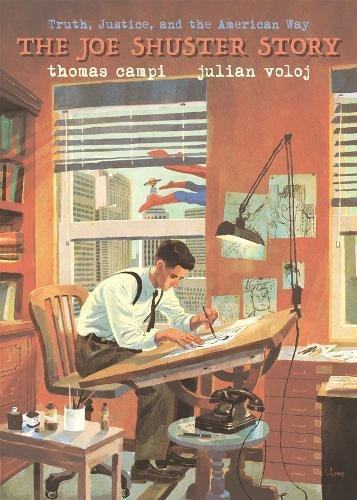
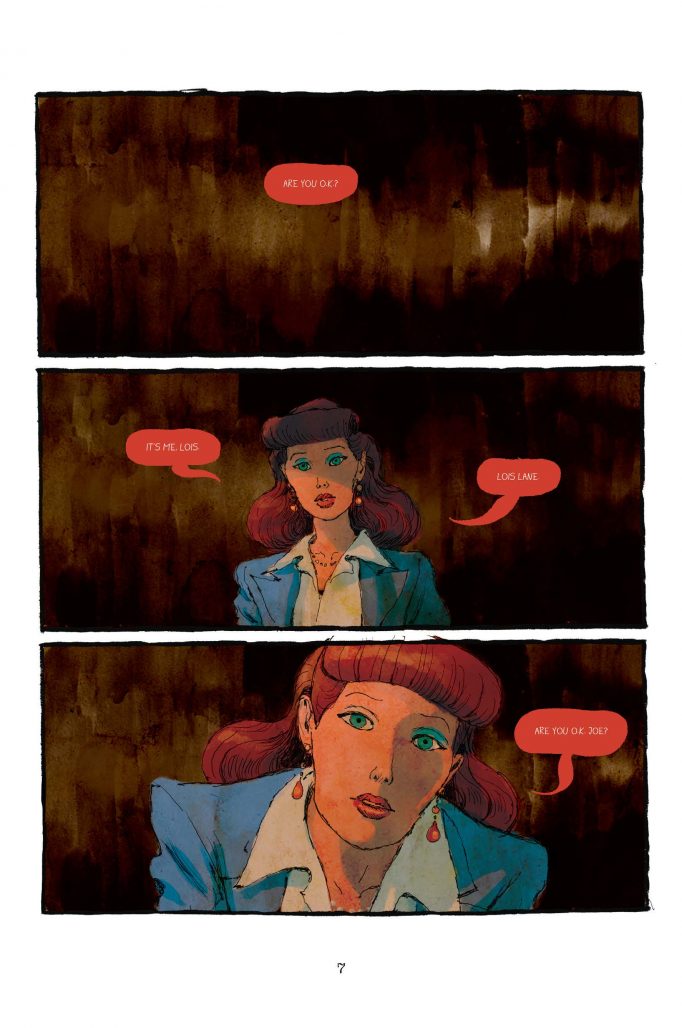
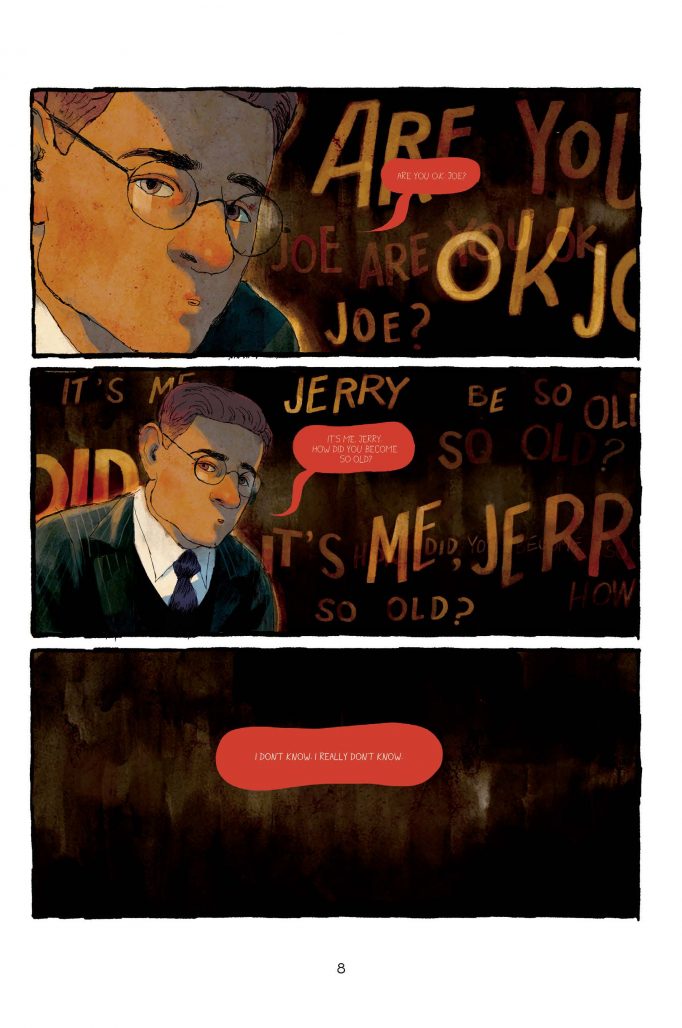
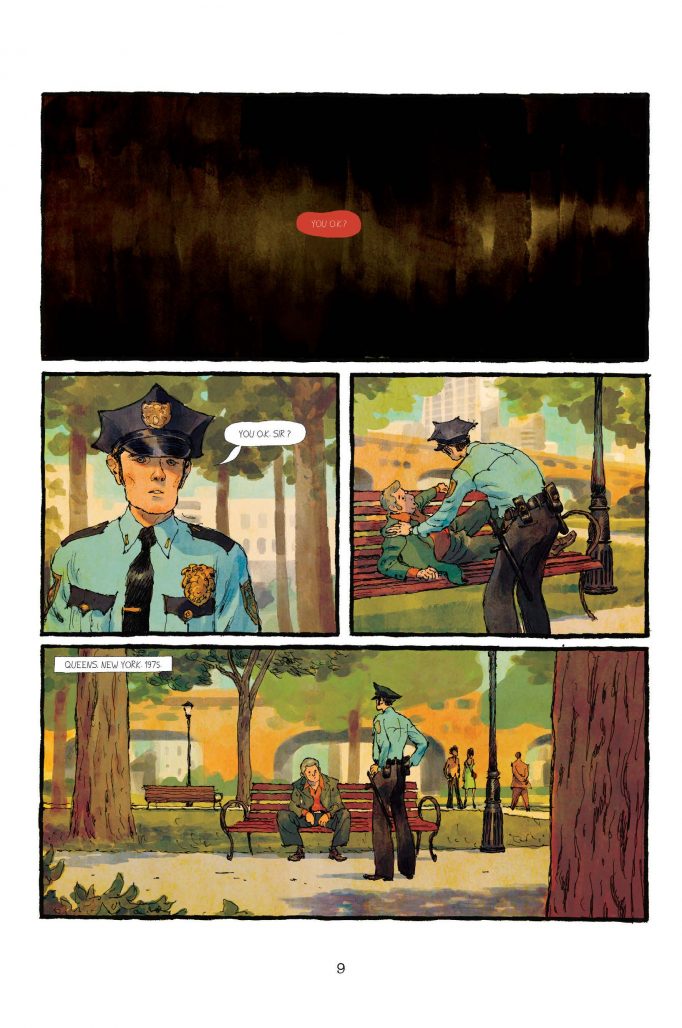
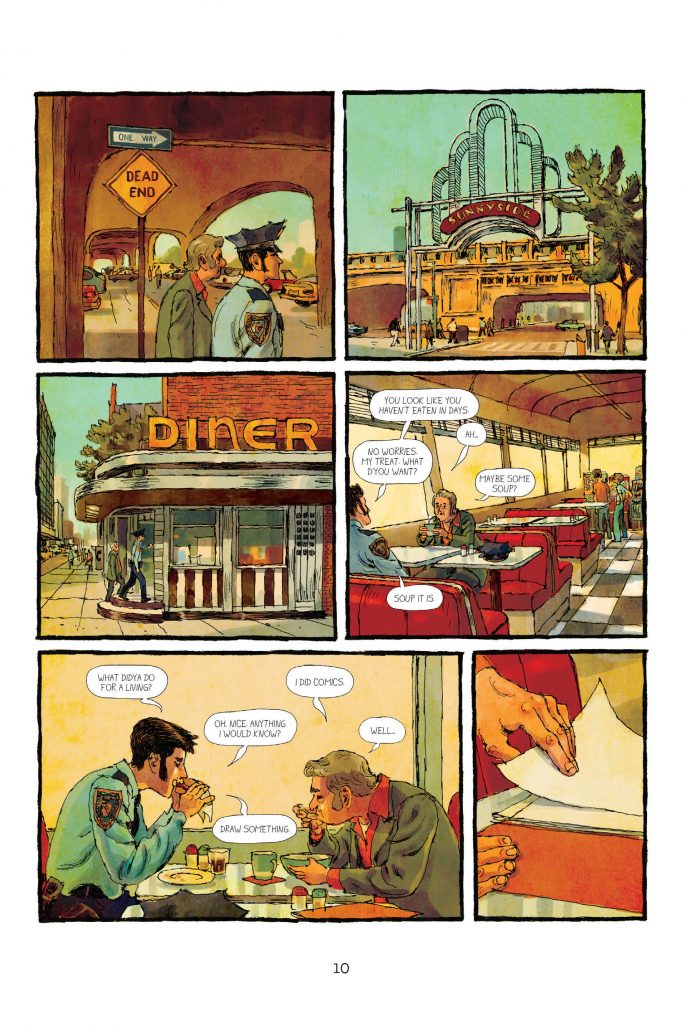
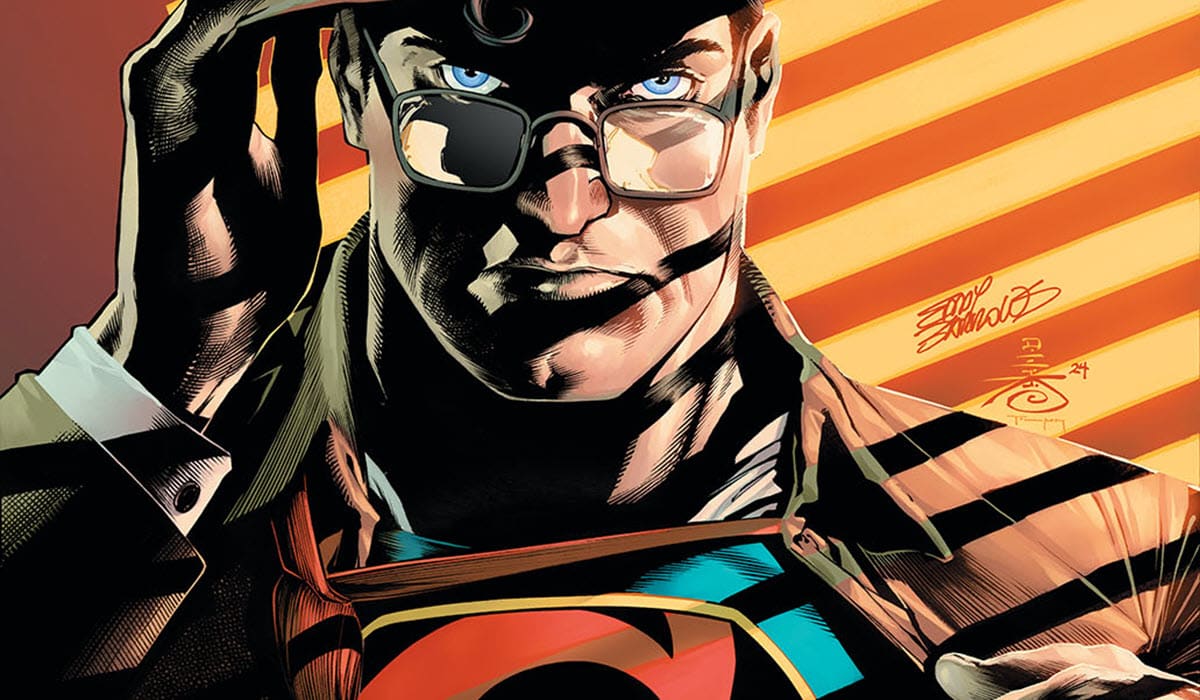
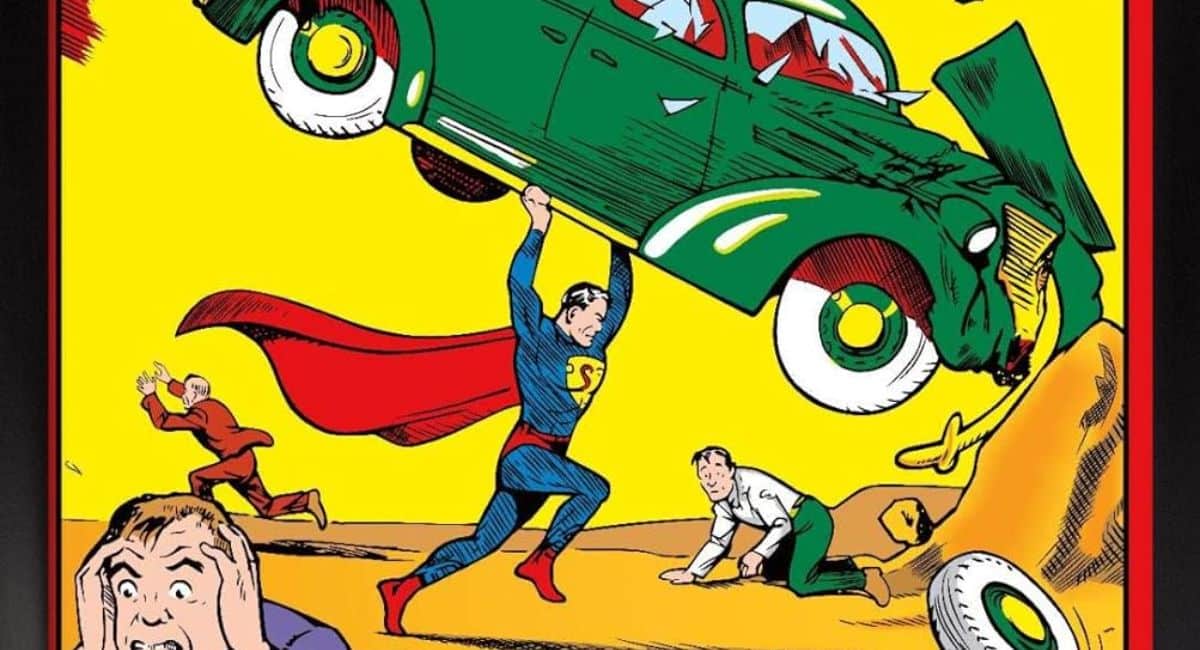
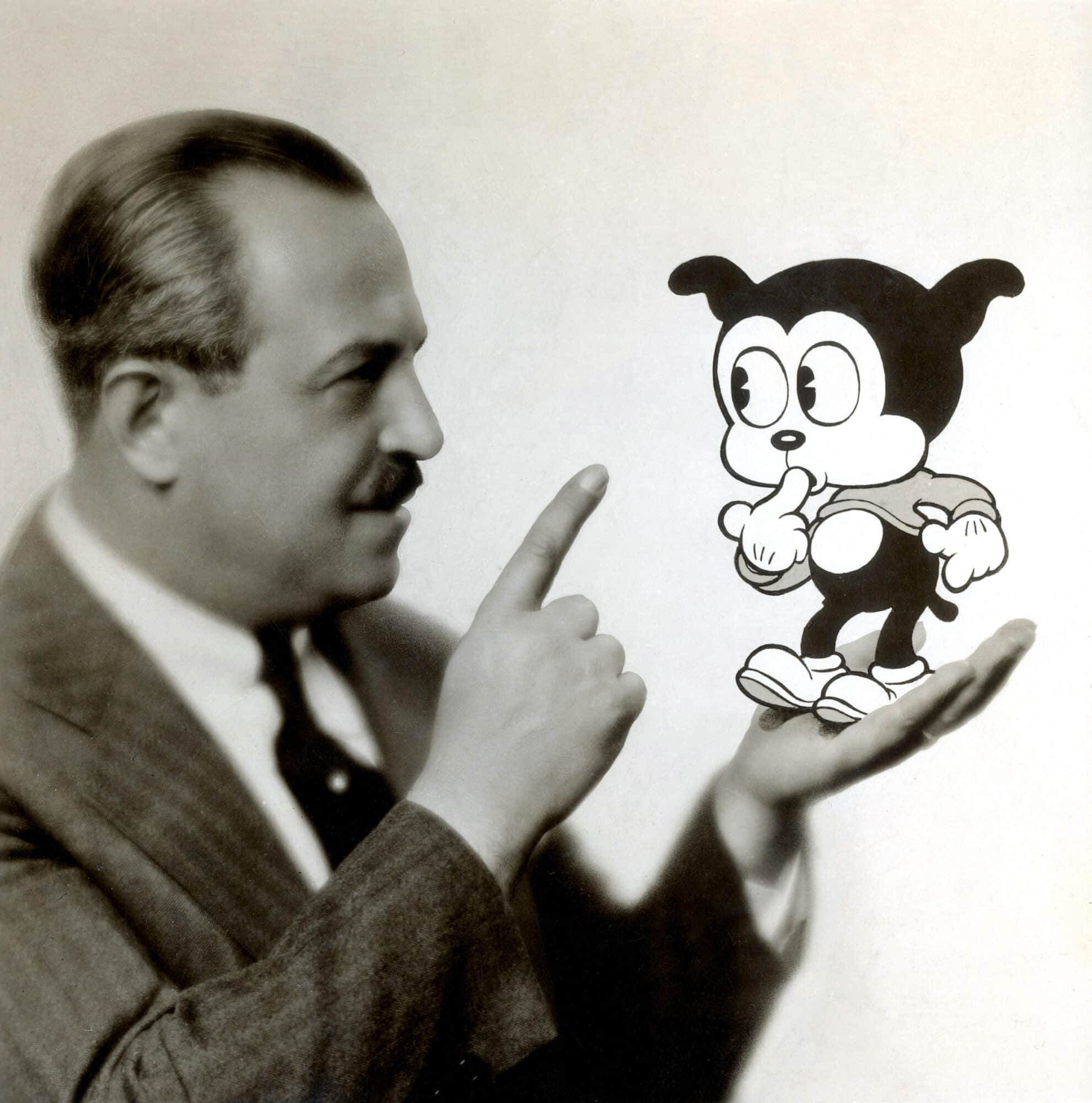


Thanks for putting this on my radar.
Comments are closed.